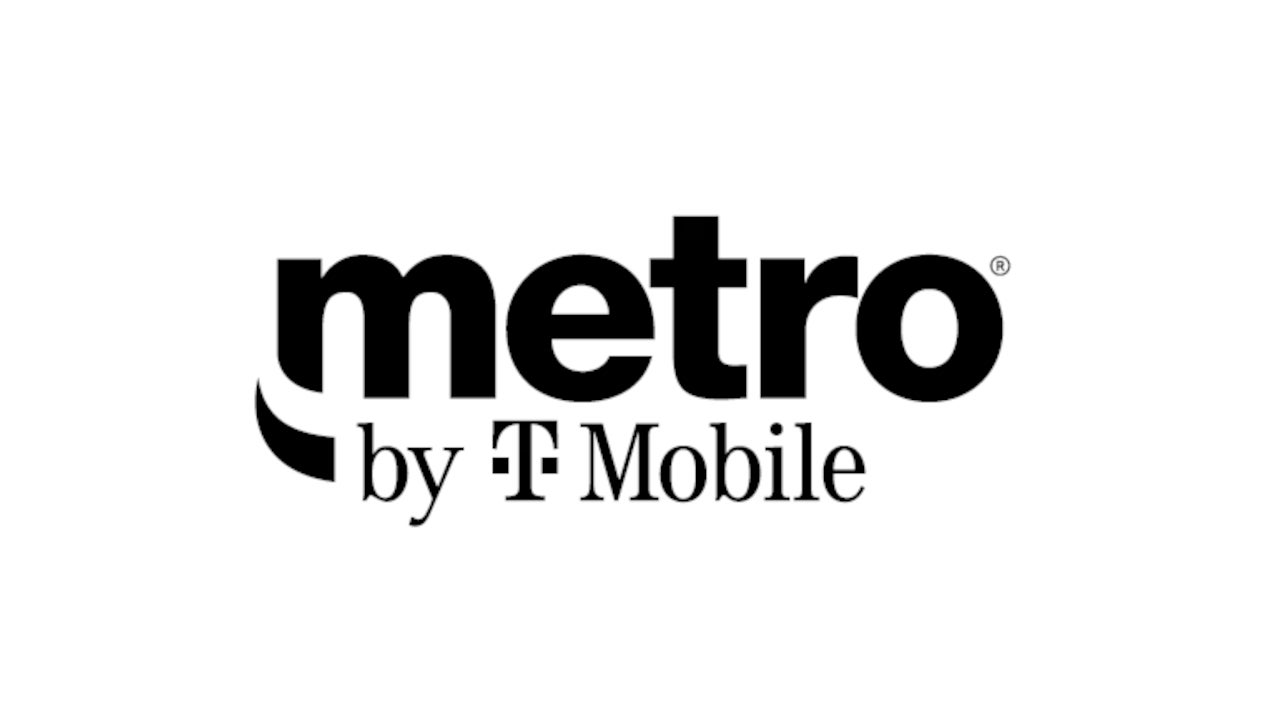The Manifesto for Agile Software Development: A Revolution in How We Build Software
In the winter of 2001, 17 software developers gathered at a ski lodge in Snowbird, Utah. Frustrated by the rigid and bureaucratic methods dominating the industry at the time, they sought a better way to build software — one that prioritized people over processes and adaptability over rigid plans. What emerged from that meeting was a short but powerful document that would change the software industry forever: the Manifesto for Agile Software Development. The 4 Core Values of Agile At the heart of the Agile Manifesto are four foundational values. They serve as guiding principles for teams to create better software, faster, and with greater collaboration. Individuals and Interactions over Processes and Tools People build software, not tools. Agile emphasizes collaboration, communication, and trust over reliance on rigid processes or software tools. Working Software over Comprehensive Documentation While documentation is useful, it shouldn’t be prioritized over delivering software that actually works and delivers value. Customer Collaboration over Contract Negotiation Agile encourages continuous collaboration with customers throughout the project, instead of sticking to a fixed agreement that may no longer be relevant as the project evolves. Responding to Change over Following a Plan Change is inevitable. Agile embraces it, allowing teams to pivot quickly and adjust priorities as needed. The 12 Agile Principles In addition to the values, the Agile Manifesto outlines 12 principles that provide more detailed guidance: Customer satisfaction through early and continuous delivery Welcome changing requirements, even late in development Deliver working software frequently Business people and developers must work together daily Build projects around motivated individuals Convey information face-to-face whenever possible Working software is the primary measure of progress Maintain a sustainable development pace Continuous attention to technical excellence and good design Simplicity — the art of maximizing the amount of work not done — is essential Best architectures, requirements, and designs emerge from self-organizing teams Reflect regularly and adjust behavior accordingly Why It Still Matters Over two decades later, Agile remains one of the most widely adopted methodologies in software development. Frameworks like Scrum, Kanban, and SAFe are built on its core values. But beyond the tools and buzzwords, Agile is a mindset — a cultural shift that empowers teams to deliver value iteratively, adapt quickly, and collaborate openly. Whether you’re a developer, product manager, or startup founder, the Agile Manifesto offers a blueprint for building better products and happier teams. Final Thoughts The Agile Manifesto is more than a historical document — it’s a living philosophy. In a world of constant change and digital disruption, embracing Agile isn’t just smart; it’s essential. Whether you’re building the next big app or leading a small startup team, the values and principles of Agile provide a time-tested foundation for adaptive, collaborative, and value-driven development. References Manifesto for Agile Software Development. Agile Alliance. Retrieved from: https://agilemanifesto.org Principles behind the Agile Manifesto. Agile Alliance. Retrieved from: https://agilemanifesto.org/principles.html Beck, K., Beedle, M., van Bennekum, A., et al. (2001). Manifesto for Agile Software Development. Highsmith, J. (2002). Agile Software Development Ecosystems. Addison-Wesley. Schwaber, K., & Beedle, M. (2002). Agile Software Development with Scrum. Prentice Hall.

In the winter of 2001, 17 software developers gathered at a ski lodge in Snowbird, Utah. Frustrated by the rigid and bureaucratic methods dominating the industry at the time, they sought a better way to build software — one that prioritized people over processes and adaptability over rigid plans. What emerged from that meeting was a short but powerful document that would change the software industry forever: the Manifesto for Agile Software Development.
The 4 Core Values of Agile
At the heart of the Agile Manifesto are four foundational values. They serve as guiding principles for teams to create better software, faster, and with greater collaboration.
- Individuals and Interactions over Processes and Tools People build software, not tools. Agile emphasizes collaboration, communication, and trust over reliance on rigid processes or software tools.
- Working Software over Comprehensive Documentation While documentation is useful, it shouldn’t be prioritized over delivering software that actually works and delivers value.
- Customer Collaboration over Contract Negotiation Agile encourages continuous collaboration with customers throughout the project, instead of sticking to a fixed agreement that may no longer be relevant as the project evolves.
- Responding to Change over Following a Plan Change is inevitable. Agile embraces it, allowing teams to pivot quickly and adjust priorities as needed.
The 12 Agile Principles
In addition to the values, the Agile Manifesto outlines 12 principles that provide more detailed guidance:
- Customer satisfaction through early and continuous delivery
- Welcome changing requirements, even late in development
- Deliver working software frequently
- Business people and developers must work together daily
- Build projects around motivated individuals
- Convey information face-to-face whenever possible
- Working software is the primary measure of progress
- Maintain a sustainable development pace
- Continuous attention to technical excellence and good design
- Simplicity — the art of maximizing the amount of work not done — is essential
- Best architectures, requirements, and designs emerge from self-organizing teams
- Reflect regularly and adjust behavior accordingly
Why It Still Matters
Over two decades later, Agile remains one of the most widely adopted methodologies in software development. Frameworks like Scrum, Kanban, and SAFe are built on its core values. But beyond the tools and buzzwords, Agile is a mindset — a cultural shift that empowers teams to deliver value iteratively, adapt quickly, and collaborate openly.
Whether you’re a developer, product manager, or startup founder, the Agile Manifesto offers a blueprint for building better products and happier teams.
Final Thoughts
The Agile Manifesto is more than a historical document — it’s a living philosophy. In a world of constant change and digital disruption, embracing Agile isn’t just smart; it’s essential. Whether you’re building the next big app or leading a small startup team, the values and principles of Agile provide a time-tested foundation for adaptive, collaborative, and value-driven development.
References
- Manifesto for Agile Software Development. Agile Alliance. Retrieved from: https://agilemanifesto.org
- Principles behind the Agile Manifesto. Agile Alliance. Retrieved from: https://agilemanifesto.org/principles.html
- Beck, K., Beedle, M., van Bennekum, A., et al. (2001). Manifesto for Agile Software Development.
- Highsmith, J. (2002). Agile Software Development Ecosystems. Addison-Wesley.
- Schwaber, K., & Beedle, M. (2002). Agile Software Development with Scrum. Prentice Hall.









































































































































































![[The AI Show Episode 146]: Rise of “AI-First” Companies, AI Job Disruption, GPT-4o Update Gets Rolled Back, How Big Consulting Firms Use AI, and Meta AI App](https://www.marketingaiinstitute.com/hubfs/ep%20146%20cover.png)

























































































































![[DEALS] The Premium Python Programming PCEP Certification Prep Bundle (67% off) & Other Deals Up To 98% Off – Offers End Soon!](https://www.javacodegeeks.com/wp-content/uploads/2012/12/jcg-logo.jpg)















































































































































_Aleksey_Funtap_Alamy.jpg?width=1280&auto=webp&quality=80&disable=upscale#)
_Sergey_Tarasov_Alamy.jpg?width=1280&auto=webp&quality=80&disable=upscale#)













































































































![Apple Foldable iPhone to Feature New Display Tech, 19% Thinner Panel [Rumor]](https://www.iclarified.com/images/news/97271/97271/97271-640.jpg)
![Apple Developing New Chips for Smart Glasses, Macs, AI Servers [Report]](https://www.iclarified.com/images/news/97269/97269/97269-640.jpg)
![Apple Shares New Mother's Day Ad: 'A Gift for Mom' [Video]](https://www.iclarified.com/images/news/97267/97267/97267-640.jpg)
![Apple Shares Official Trailer for 'Stick' Starring Owen Wilson [Video]](https://www.iclarified.com/images/news/97264/97264/97264-640.jpg)







































































































